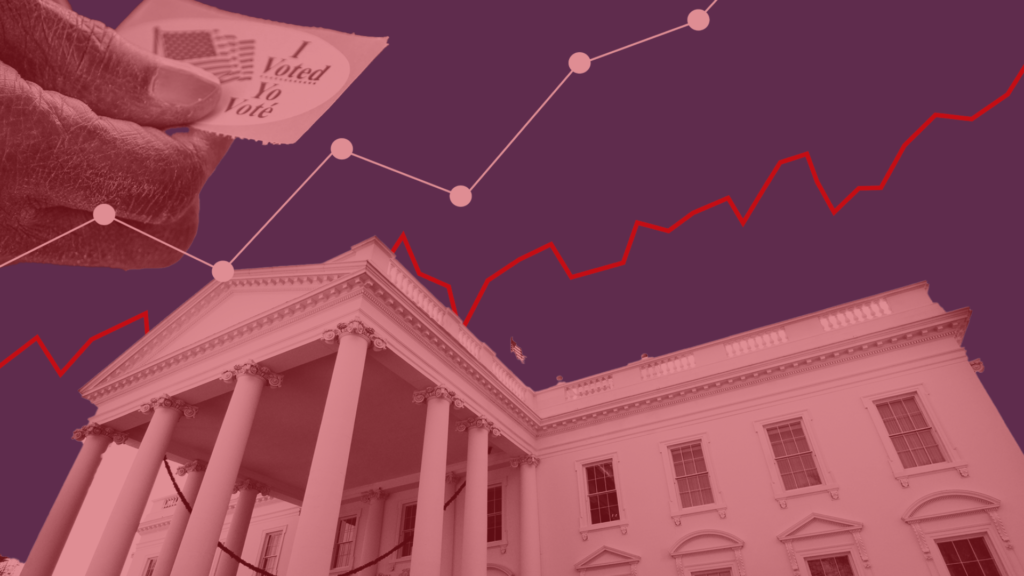How Do Political Campaigns Conduct Polling? Understanding the Process and Its Impact

In today’s fast-paced political landscape, polling is an indispensable tool for campaigns to gauge public opinion, understand constituent perspectives, and shape their strategies. At 6H Services, we specialize in helping campaigns harness the power of polling data to drive success. In this blog, we’ll dive deep into the intricacies of how political campaigns conduct polling and the research involved. We’ll also highlight the immense effort that goes into gathering, analyzing, and applying polling data to make informed decisions.
The Importance of Polling in Political Campaigns
Polling is not just about numbers; it’s about understanding the pulse of the electorate. Campaigns use polling to:
– Track Voter Sentiment: Understanding where voters stand on key issues.
– Assess Candidate Favorability: Measuring how well candidates are perceived by different demographic groups.
– Guide Campaign Strategy: Informing messaging, resource allocation, and voter outreach efforts.
– Forecast Election Outcomes: Predicting how candidates are likely to perform on election day.
How Political Campaigns Conduct Polling
Designing the Poll
Crafting the Right Questions
The first step in conducting a political poll is designing the questionnaire. This involves:
– Identifying Key Issues: What topics are most important to voters? The questions need to address current political concerns that will resonate with the electorate.
– Framing Questions Effectively: How questions are worded can significantly impact the responses. Neutral, unbiased language is essential to avoid leading respondents.
– Selecting Question Types: Polls can include multiple-choice questions, rating scales, or open-ended questions, depending on the information needed.
Sampling
Reaching the Right Audience
Sampling is crucial to ensuring that the poll accurately reflects the views of the population. Campaigns typically:
– Define the Target Population: This could be registered voters, likely voters, or specific demographic groups (e.g., age, gender, race).
– Choose a Sampling Method: Random sampling is often used to ensure that every member of the target population has an equal chance of being selected. Stratified sampling may be employed to ensure representation across key demographic groups.
– Determine Sample Size: A larger sample size increases the accuracy of the poll, but also requires more resources.
Data Collection
Gathering Responses
Once the sample is selected, it’s time to collect the data. Campaigns may use:
– Phone Surveys: Traditional but still effective, especially for reaching older demographics.
– Online Surveys: Increasingly popular, especially among younger voters who are more likely to be online.
– In-Person Interviews: Useful for gathering detailed responses, though more resource-intensive.
– Mass Texting: Efficient for reaching a large number of respondents quickly.
Analyzing the Data
Turning Numbers into Insights
Data analysis is where raw numbers are transformed into actionable insights. This process includes:
– Data Cleaning: Removing incomplete or inconsistent responses to ensure accuracy.
– Statistical Analysis: Using tools like cross-tabulation and regression analysis to identify trends and correlations.
– Interpreting Results: Understanding what the data means in the context of the campaign. For example, if a candidate’s favorability is low among young voters, the campaign may need to adjust its messaging to better appeal to that demographic.
Using Polling Data to Shape Campaign Strategy
The insights gained from polling are only valuable if they’re applied effectively. Campaigns use polling data to:
– Tailor Messaging: Focus on the issues that matter most to voters.
– Allocate Resources: Direct efforts toward key swing states or demographic groups where the candidate needs to improve.
– Track Progress: Conduct follow-up polls to see if changes in strategy are improving the candidate’s standing.
The Effort Behind Polling
Polling is a complex, resource-intensive process that requires careful planning and execution. But the effort is worth it—accurate polling data can be the difference between winning and losing an election. Campaigns must invest time, money, and expertise to ensure their polling is reliable and actionable.
Partner with 6H Services for Expert Polling and More
At 6H Services, we understand the critical role that polling plays in a political campaign. Our expert team offers comprehensive polling research and data analysis services designed to help campaigns succeed. But that’s not all—we also provide a wide range of additional services, including: graphic design, mass texting, e-Blast campaigns, social media onboarding, printing services and more.
Ready to take your campaign to the next level? Visit 6hservices.com to learn more about our services and how we can help you achieve your campaign goals. Reach out today to start leveraging our polling expertise and comprehensive suite of services!
